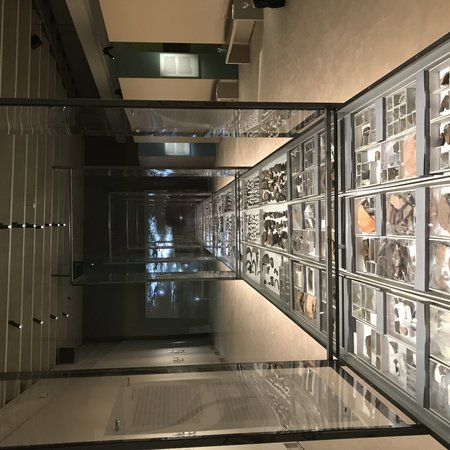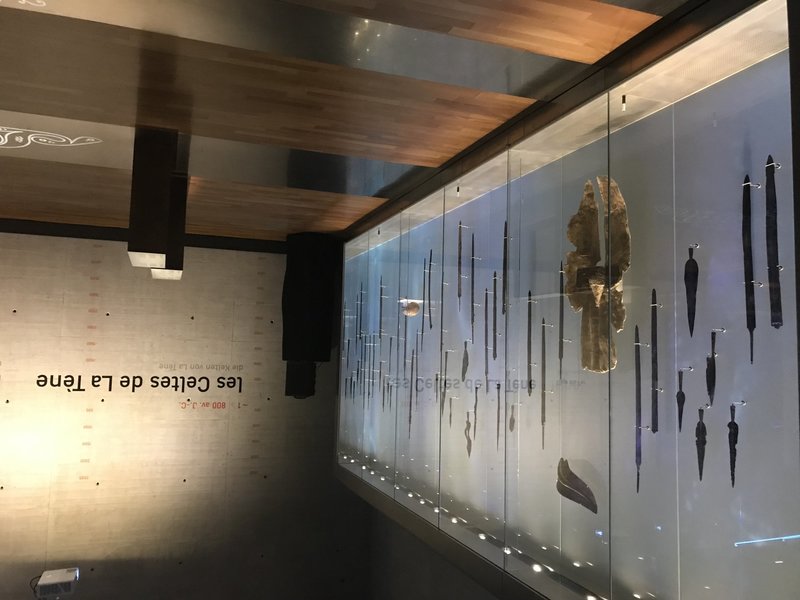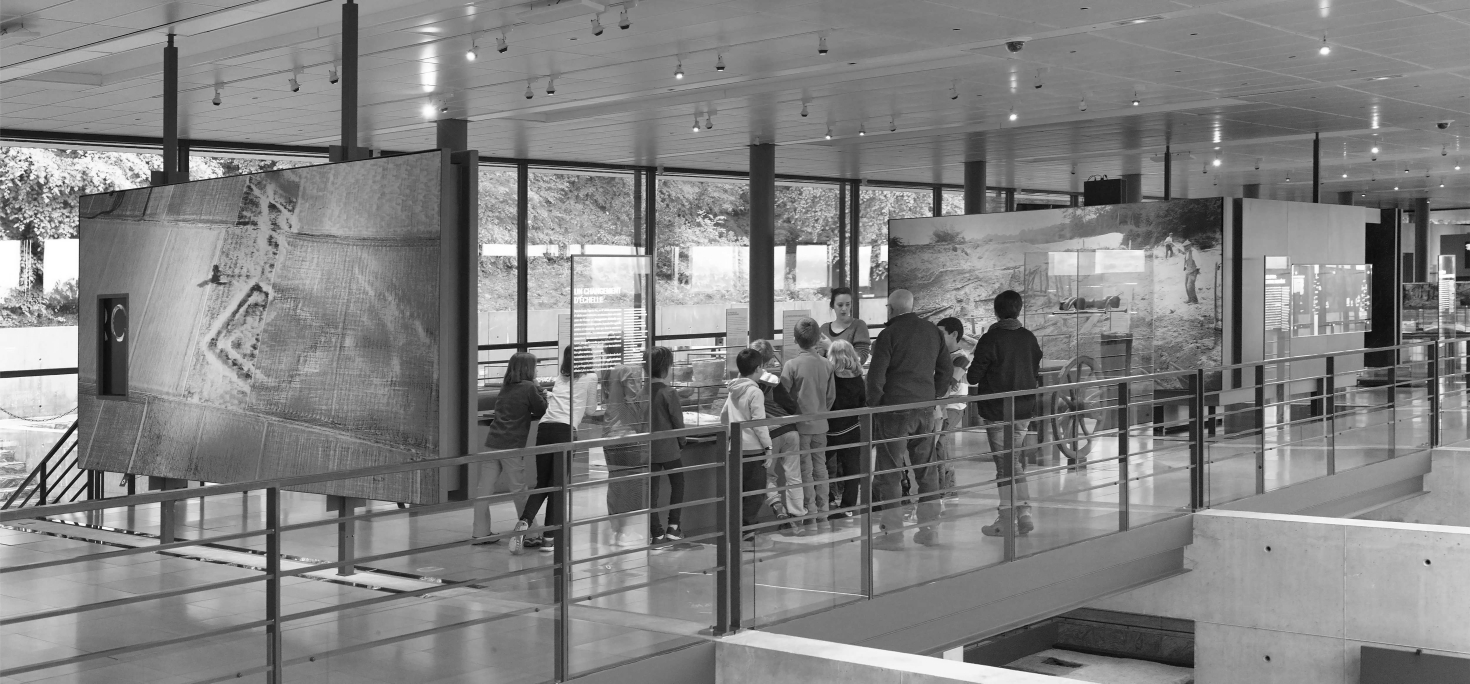

Inauguration of the new Iron Age exhibition room at the Laténium
The Laténium, the archaeological museum of the canton of Neuchâtel and historical partner of the Iron Age Europe network with Bibracte, was very busy on Tuesday 10 January.
The museum's new permanent exhibition room devoted to the Iron Age was inaugurated, the highlight of which is obviously the spectacular ensemble resulting from excavations at the La Tène site, located on the lake shore within rifle range of the museum. It should be remembered that fortuitous discoveries, more or less wild excavations, and then more systematic excavations carried out there between the 1860s and 1910 uncovered a unique collection of objects, which gave the Second Iron Age its other name. An examination of these objects shows, however, that the vast majority of them relate to a very small period, around 200 BC, whereas the so-called La Tène period conventionally covers half a millennium, from the 5th to the 1st century BC.
This singular accumulation of weapons, tools, objects of adornment, human and animal remains, which is moreover exceptionally preserved in the mud of an ancient arm of the Thielle, the river which serves as an outlet for Lake Neuchâtel, is also agitating the archaeological community as to its interpretation; after having favoured the hypothesis of a religious deposit, the one favoured by scientists today is that of a trophy which would have followed a military episode, installed at a crossing of the Thielle.
The discoveries of La Tène, the founders of the Laténium, a neologism that dates from the opening of the museum in 2001, are also featured in the temporary exhibition Entre deux eaux. La Tène, a place of memory, which presents in a spectacular showcase all of the objects from the site preserved in the reserves, as well as a large selection of historical documents that have never been shown before.
This is a double reason to visit the Laténium, which is also exceptional for its huge collection of Neolithic and Bronze Age objects discovered in the lakeside habitats (the palafittes).
To find out more, a new, richly illustrated and easily accessible book: La Tène, lieu de mémoire. Aux origines de l'archéologie celtique, by the director of the museum, Marc-Antoine Kaeser (137 pages, 104 illustrations; on sale at the Bibracte museum shop).
For the record, the brochure for the exhibition La Tène: un pont de l'âge du Fer chez les Helvètes, which was presented at Bibracte in 2009, is also available.)

